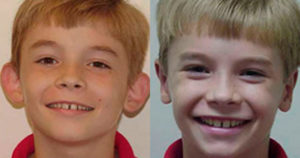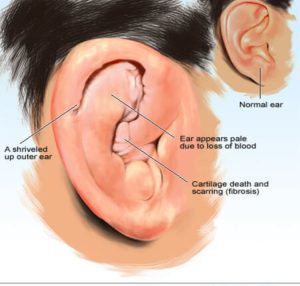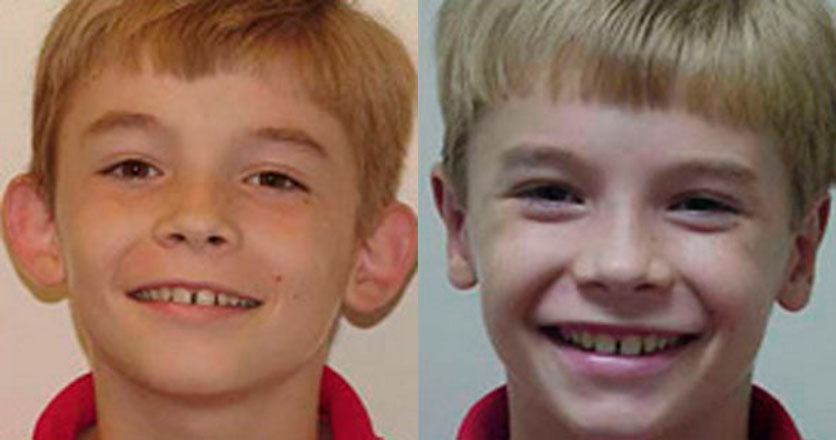While adults can live with less than perfect ears, protruding and misshaped ears are often a cause of ridicule and teasing in children. Ear surgery can effectively correct misshaped ears.

Why ear surgery?
Extruding ears can be a cause of ridicule and tease for children in school and other social settings. While adults may be able to handle, these remarks may cause loss of confidence in children. Ear surgery (otoplasty) is a reliable method to improve the shape of the ears. This can be used to correct extruding ears as well as other birth defects and misshapes caused by accidents.

Common causes of ear misshape
Many factors can cause misshaping of ears. Genetics or birth defects are common causes of ear deformities in children. Ear development in unborn babies is a very delicate process; that’s why it is one of the most common birth defects. In rare cases, flopped over and protruding ears along with widely spaced eyes can be a sign of chromosomal abnormality requiring chromosomal testing.

Treatment
Plastic surgery is the most reliable option to treat protruding ears. This procedure is also known as otoplasty, and is performed by a plastic or cosmetic surgeon. To correct true protruding ears, an incision is made behind the ears, and they are brought closer to the head. The incision is then sewn back with dissolvable stitches. The operations take about two hours under local or general anesthesia. Most people recover within five days. This operation can be done on children as young as 5 years. In some situations, extra cartilage is removed to change the shape and size of ears. The operation may require additional steps if the ears are heavily misshaped.

Considerations
Usually considered as just cosmetic, ear deformities may accompany functional problems. Folding ears or closure of the ear canal can impede hearing in children causing major learning and speech difficulties with long-term consequences. It is necessary to consult a qualified doctor as soon as any deformities in the ears of the children are noticed.

Alina Smith is a health blog author with an interest in the intersection of wellness and mental health. She’s worked as a writer, editor, and communications specialist for various healthcare organizations. Alina has also led projects to improve access to care for underserved populations in both rural and urban settings.





